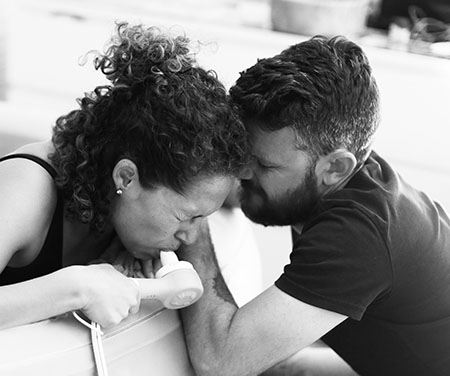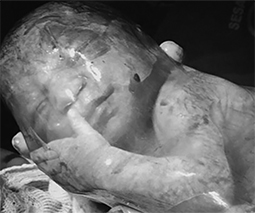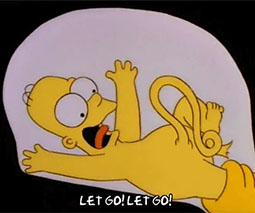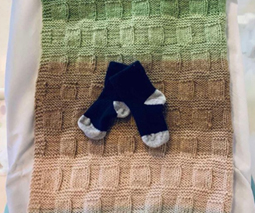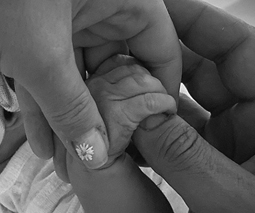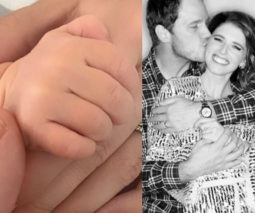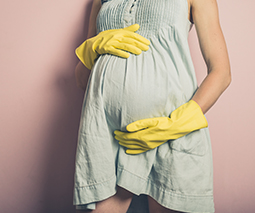The best labour positions you need to know about before it’s time to push
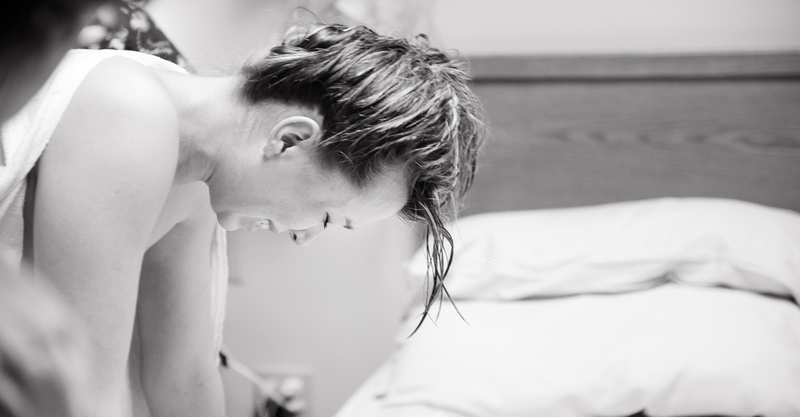
So your big day is approaching and you’re preparing to finally meet your baby – how exciting!
By now, you’ve probably started gathering information about the birth process and have even attended a class or two about getting through the labour and achieving the birth experience you hope for.
You should discuss with your midwife what your hopes are for birthing your baby, as it’s her job to help you find the position that suits you best to deliver your baby. Of course, you should also keep your partner in on the loop here. Having their support, both emotionally and physically during the labour will come in handy for you as you move through each stage.
When it comes to optimal birthing positions, it’s widely acknowledged that moving around and using gravity as much as possible is the most effective for managing contractions and a shorter birthing process overall.
Early labour can mean restlessness
During early labour your contractions may not be too intense and will also be fairly spaced apart, allowing you to rest a little between them, which is handy if your labour starts in the night because you can catch up on a little extra sleep before the real show begins. However, many women report feeling restless at this stage of labour, so you might prefer to be moving around as you work through your contractions.
Keeping active as much as possible will also come in handy for active labour, as this is known for making the birth process faster and less painful. But as the contractions become stronger, you will find you need to concentrate on them.
Here are some positions you can try during labour and birth that will help you manage the contractions and encourage your baby through the birth canal:
1. Upright positions
Either walking around, or using your partner or a piece of furniture to lean against, staying upright can allow you to rock or sway slightly to work through each contraction. The advantage of the upright position is that gravity is in full effect here, and can make contractions easier to cope with, and can encourage your baby to move deeper into the birth canal. This position is best for active labour, before it’s time to start pushing.
2. Squatting
This can be a hard position to maintain during active labour, but if you can manage it, it can be beneficial in opening your pelvis and giving your baby the room she needs to keep manoeuvring down the birth canal. If squatting becomes too tiring, using a birthing stool can offer you some extra support. This position can also be good for pushing, plus it decreases the need for interventions like forceps and vacuum.
3. Side-lying
This position is great for when you’re feeling exhausted during labour, as it gives you some rest but still keeps your pelvis open, so it doesn’t deter your baby from its journey. It is also useful if you’ve had an epidural and need to be lying down, because it keeps the pressure off your back. If you have haemorrhoids or pelvic pain, side-lying can alleviate pain in this area. This position is good for getting you through a long labour and can also be used during the pushing stage.
4. Hands and knees
The hands and knees position can be great for relieving back pain during labour, especially if your baby is in a posterior position. It also gives you the chance to rock your hips during contractions to help your baby move through the birth canal. If you’re concerned about damage to your nether regions during birth, the all fours position can really be your friend here, as it encourages your baby out through your vagina with less pressure on your perineum. You can use this position for labour as well as birthing your baby.
5. Reclining
This semi-sitting position is one you might find yourself in if you’ve had an epidural or need to have your baby’s heart rate constantly monitored. If you are confined to a bed when it comes time to push, ask to be in a reclined position so you’re not lying flat on your back.
At the end of the day, you have the right to choose the position you’d like to be in for labour and birth, but it pays to keep an open mind and a good degree of flexibility around the whole thing. The birth process can be unpredictable, so be prepared for a change of plans and make sure you ask the questions you need to, and that you and your partner feel comfortable with what’s going on.
